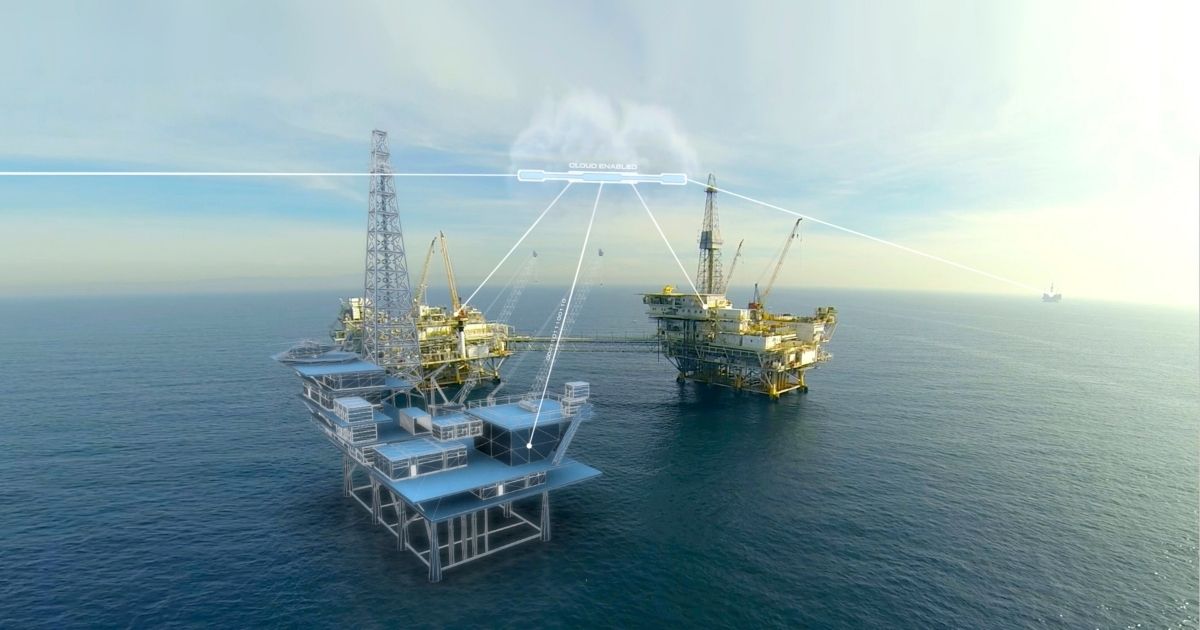DNV GL has published the oil and gas industry’s first recommended practice (RP) on how to build and quality-assure digital twins.
 Developed in collaboration with TechnipFMC, DNVGL-RP-A204: Qualification and assurance of digital twins sets a benchmark for the sector’s varying approaches to building and operating the technology. It guides industry professionals through:
Developed in collaboration with TechnipFMC, DNVGL-RP-A204: Qualification and assurance of digital twins sets a benchmark for the sector’s varying approaches to building and operating the technology. It guides industry professionals through:
- assessing whether a digital twin will deliver to stakeholders’ expectations from the inception of a project
- establishing confidence in the data and computational models that a digital twin runs on
- evaluating an organization’s readiness to work with and evolve alongside a digital twin.
Seventy-five percent of organizations implementing Internet of Things (IoT) already use digital twins or plan to within a year, according to Gartner. However, there has previously been no commonly agreed methodology for developing and operating the technology among global oil and gas operators and their supply chains.
DNV GL’s RP provides valuable guidance for digital twin developers, introduces a contractual reference between suppliers and users, and acts as a framework for verification and validation of the technology. It builds upon the principles of DNV GL’s Recommended Practices for the qualification of novel hardware technology and assurance of data and data-driven models.
“Physical oil and gas assets are built to perform to the highest standards and undergo rigorous assurance processes throughout their life. However, there has been no requirement for their digital counterparts to go through the same procedures. Our new recommended practice seeks to remedy this issue as the technology begins a path of significant scaling across the sector. It is time to prove that twins can be trusted, and that the investments made in them give the right return,” said Liv A. Hovem, CEO, DNV GL – Oil & Gas.
The methodology behind DNV GL’s new RP has been piloted on 10 projects with companies including Aker BP, Kongsberg Digital and NOV Offshore Cranes. It has also been through an extensive external hearing process involving the industry at large. In addition, TechnipFMC’s deep domain knowledge and expertise in digital technologies and oil and gas infrastructures has made an essential contribution to jointly developing the RP.
The framework provides clarity on the definition of a digital twin; required data quality and algorithm performance; and requirements on the interaction between the digital twin and the operating system. It addresses three distinct parts: the physical asset, the virtual representation, and the connection between the two. This connection amounts to the data streams that flow between the physical asset to the digital twin and information that is available from the digital twin to the asset and the operator for decision making.
“Some digital twins are simple, covering a single component. Others are highly complex, spanning entire facilities. All of them must be trusted because millions of decisions about the design, construction and operation of hundreds of thousands of real-world assets will be taken based on them,” said Kjell Eriksson, VP, Digital Partnering, DNV GL – Oil & Gas.
“Backed by our new recommended practice, DNV GL’s oil and gas and data science experts are now supporting digital twin adoption from inception, through to operation and evolution alongside a twin’s physical counterpart. Our methodology considers the digital twin as a collection of elements, with various levels of complexity, each with their own distinct role and function. I am pleased to see DNV GL and TechnipFMC successfully set a new benchmark for oil and gas operators, supply chain partners and regulators,” Eriksson added.
DNVGL-RP-A204 is part of a portfolio of nearly 80 different DNV GL standards and recommended practices for the oil and gas industry, which can be accessed through subscription here.


